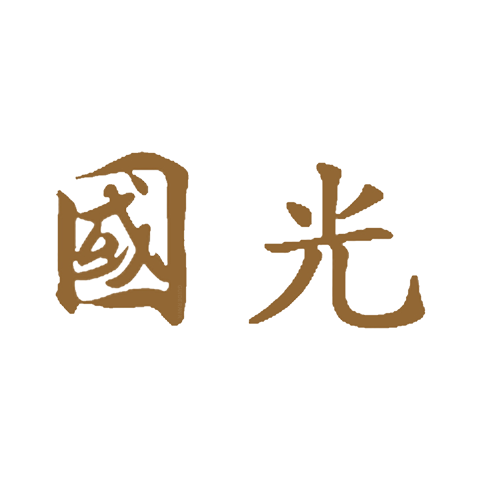十孔harmonica推荐型号:1874 Classic、1874 Noble、Blues Favorite Stand、Blues Session Paddy、Solist Pro 系列
半音阶harmonica推荐型号:Chromatic DeLuxe、Chromatic DeLuxe Steel、Saxony、Symphony
Recommended model for polyphonic harmonica: Sailor
Said is not as well-known as Helai, but Said is the oldest surviving harmonica manufacturer in the world, and all harmonicas are still made in Germany. Founded in 1847, it began to expand rapidly in the early 20th century.
Compared to traditional brass reeds, stainless steel reeds have a longer service life and less intonation variation, and one of Said's major innovations is the use of stainless steel reeds in most of its harmonicas, a design that has been widely adopted in the production of accordions, but has not been promoted in harmonica, mainly because of the difficulty of the processing technology and tuning process, and because of this, stainless steel reeds are much more expensive than brass reeds harmonica.
Said's product line focuses on ten-hole harmonicas and chromatic harmonicas, which is related to its main focus on the European market, and due to the process and materials, Said's pricing is also higher than that of the three major brands. Seid is also the only one of the major harmonica manufacturers that can customize the tuning, for example, many of Seid's models can be customized with Paddy Richter (Irish scale), PowerBender, PowerDraw and Orchestra C scale, giving avant-garde harmonica players more choice.
Ten hole series
The 1874 series is the highest specification product line of the Said's ten-hole harmonica, with prices ranging from 500 to 1000 yuan, suitable for high-end harmonica lovers. Stainless steel reeds bring a more accurate tone to long blows and have a longer life. Among them, the Classic uses a xylophone grid and a recessed mouthpiece, which makes the high-bass transition smoother when blowing. The Noble case is made of wood to aluminium with a black metal finish, and the cover is made of silver steel to a silver-grey metallic finish.
The Favorite series uses traditional brass and brass reeds, the largest number of models in the series, including a variety of keys, subwoofers and different scale arrangements. The biggest feature of this series is the use of aluminum pire, which makes the sound louder, and the use of an improved steel cover plate to get a warmer sound. Fans who are used to playing copper reeds can consider that the price is slightly lower than that of the 1874 series.
The Blues Session series is more suitable for beginners, and the price is around 300 yuan. The grille is made of plastic with smooth edges, which is very airtight and has a relatively neutral tone, and the sound hole is larger than that of a regular ten-hole harmonica, which is more suitable for beginners to play a single note. The Paddy Richter tuning method, commonly known as the Irish scale, is to raise the blow-tone tone of the third hole of the regular ten-hole harmonica by a full tone, which is very suitable for playing Irish music.
Chromatic series
Chromatic DeLuxe is positioned as an entry-level chromatic harmonica, priced at more than 1,000 yuan, and is available in two models, Chromatic DeLuxe for copper reeds and Chromatic DeLuxe Steel for steel reeds, and is available in a variety of tunings. Advanced players can consider Saxony, which is the only chromatic harmonica made of stainless steel reeds on the market, with a price of about 2,000 yuan, excellent sensitivity, and can easily play very weak notes.
Symphony is the highest chromatic model of Said, and it is the top professional performance chromatic harmonica on the market, with a price of more than 5,000 yuan. The 16-hole specification, 64 stainless steel reeds are manually adjusted, the pitch accuracy is high, and the official version of the diaphragm uses less adhesive than the traditional diaphragm, and the control is stronger. Available in two frames, a black aluminium and a green translucent acrylic frame, this harmonica also comes with a heating pack and a power supply.












